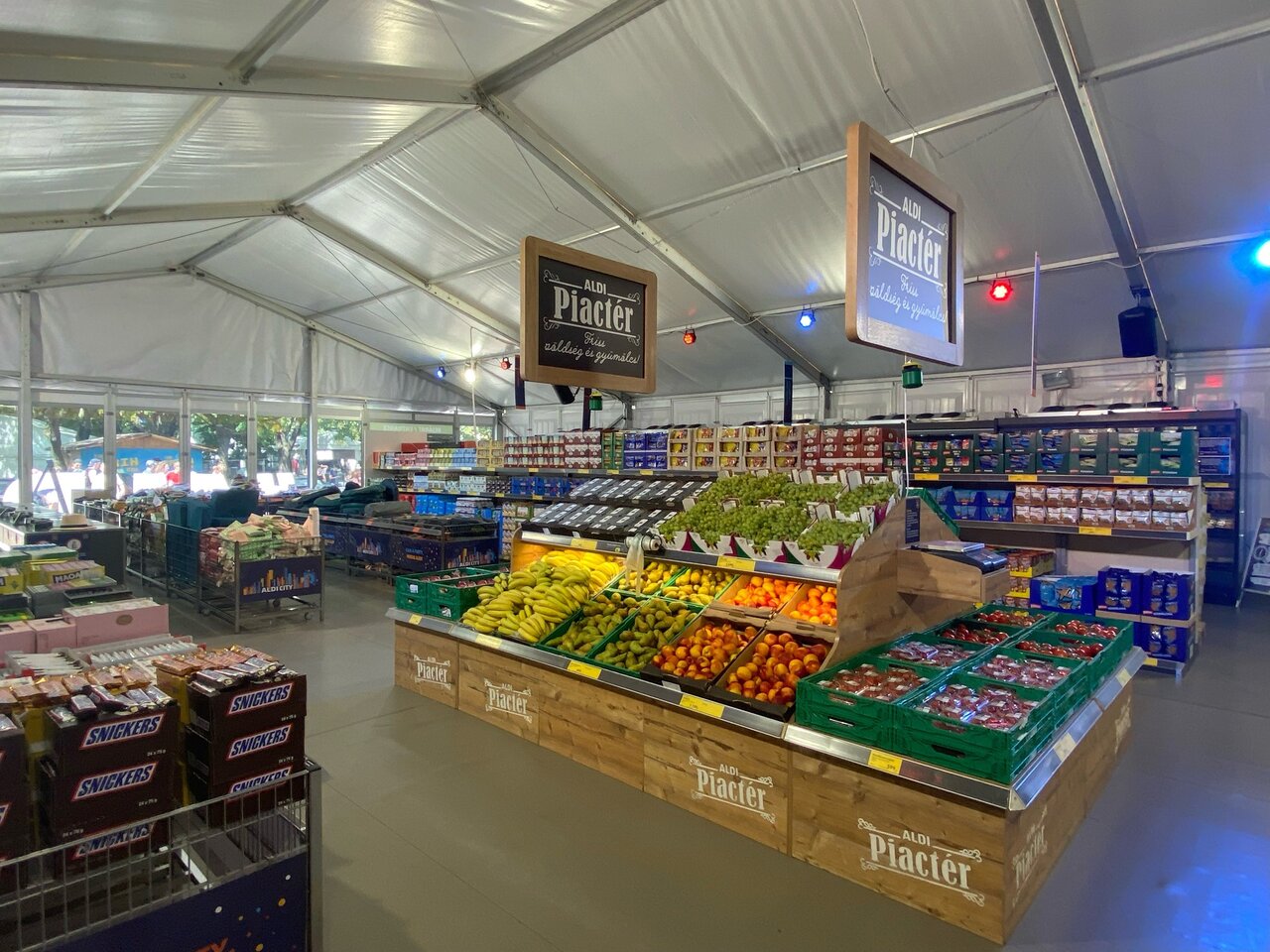How long will food prices rise in Hungary? Here is the answer

From the second half of the year onwards, food prices will no longer rise significantly. However, there is little hope of everyday life becoming cheaper. Still, the global market developments that triggered the price explosion give cause for optimism. What is more, dynamic wage increases in the coming years could compensate for the new price levels.
Inflation has already peaked in a growing number of EU countries, with the euro area already showing a moderation in the final months of last year, napi.hu reports. In Hungary, inflation is not yet moderating in the winter months. This is partly because of the usual repricing at the beginning of the year and the lagged inflationary impact of fuel and energy price increases.
A turnaround may come in the spring, but a rebound will not until next year
In its Inflation Report published just before Christmas, the Hungarian Central Bank (MNB) expects inflation to ease gradually from March and increasingly from July. This does not mean that consumer price inflation will stop, but it will slow down significantly.
In Hungary, food prices have risen brutally: in November 2022, on average, you had to pay 48.7 percent more in shops than in November 2021. In 2022, the price of raw materials rose by 42.2 percent, while the price of processed products increased by 51.7 percent.
What brings the turnaround of food prices?
The MNB expects domestic demand to fall slightly on the one hand, and global commodity prices to fall significantly on the other. The unprecedented rise in food prices has been driven by global developments and by the situation of the domestic food industry.
The MNB also pointed out that the structure of domestic agriculture underwent a significant change after 1989. Processing is now phased out and producers shifted to commodity production. Moreover, domestic agriculture can support twice the country’s current population.
The reason behind the price rises
The MNB also pointed out that according to data, even with rising inflation and the introduction of special taxes, the most important domestic economic players have made significant profits despite the rise in the cost price of energy and labour costs.
However, the main reason for the falling prices is the rise in raw material prices. That process started before the Russian-Ukrainian conflict. It was triggered by demand that was stronger than supply in the aftermath of the pandemic.
Source: napi.hu

